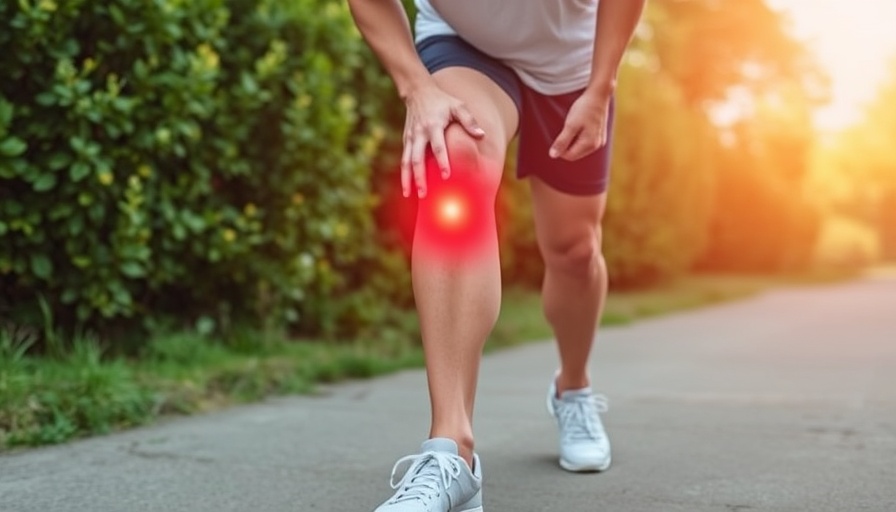
Reassessing Ambitions: Lotte Kopecky’s Journey in Cycling
Lotte Kopecky, a prominent figure in women’s cycling and a World Champion, has garnered significant attention as she trains for the upcoming Tour de France Femmes. Previously, her aspiration was clear: to win the GC title. Having finished second in the 2023 edition, there was hope that 2025 would mark her rise as a leading rider. However, with recent health setbacks complicating her trajectory, her expectations and focus have taken a firm turn.
From Hope to Challenge: The Back Pain That Changed Everything
This year began with a strong sense of optimism for Kopecky, especially as team dynamics shifted to place her in the spotlight. Yet, her ambitions became clouded when intense back pain struck during the Giro d’Italia, forcing her out of the competition. This sudden obstacle serves as a sobering reminder of the physical demands of professional cycling. Whether or not she can recover in time for the Tour de France remains uncertain.
How Injuries Shape Career Paths in Sport
Injuries, like the back issues Kopecky is facing, dramatically reshape athletes' careers. History is dotted with examples of elite sportspeople forced to reassess their year’s objectives due to physical strains. For instance, cycling legend Chris Froome had his legacy affected by injury leading to pivotal career shifts. Kopecky’s experience parallels this, reflecting the perpetual tension between ambition and physical capability in professional sports.
A New Perspective: Finding Value Beyond Victory
While winning the Tour de France Femmes remains a dream for Kopecky, her recent struggles have fostered a perspective shift. Instead of interpreting her path through the lens of victory alone, she is discovering the intrinsic value of resilience and perseverance. In a sport often driven by accolades, focusing on personal health and wellbeing also advocates for a more holistic approach to success.
The Mental Toll of Competitive Sports
The psychological implications of injuries and setbacks cannot be overstated in sports like cycling. For competitors, the challenge often extends beyond physical recovery; it's about regaining mental strength and confidence. Kopecky, in sharing her journey, sheds light on the often-overlooked mental health aspect of athletic pursuits. This serves as a call for broader conversations on mental resilience among athletes.
Looking Ahead: Potential Outcomes and Implications for Future Races
As Kopecky readjusts her expectations for the Tour de France Femmes, the broader implications for the women’s cycling circuit are profound. Discussions around athlete welfare, injury management, and mental health are becoming increasingly relevant. The outcomes of her cycling journey may influence how future generations of cyclists manage similar challenges, advocating for a structural change in how competitive cycling views athlete readiness.
Cultivating Resilience: Lessons from Lotte Kopecky
In traversing adversity, Kopecky’s journey speaks volumes about resilience in sports. For young athletes watching her story unfold, the message rings clear: perseverance amidst hardship often defines a successful career, not merely the trophies won. Her journey reflects a broader narrative of athletes recalibrating their ambitions in light of unavoidable health challenges.
 Add Row
Add Row  Add
Add 




Write A Comment